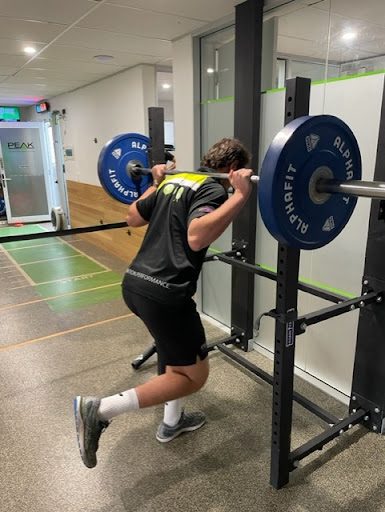What are Isometric Exercises?
As briefly mentioned, Isometric exercises can be defined as muscle action that does not produce any joint movement. This differs from our traditional idea of weight lifting exercises, also known as Isotonic exercises, where muscle action does produce joint movement. Instead of trying to move a weight through a range of motion like in isotonic exercises, during a pure isometric exercise an individual will either be trying to hold a weight or push against a weight with their body and joints in a fixed position.
Low mechanical damage
Isometric’s induce lower amounts of muscle fatigue than traditional isotonic exercises, so won’t take away from any sport specific performance.
Position specific
Isometrics are great for building muscle strength in a particular position where strength is desirable for a particular sport. (e.g. mid stance during running)
Low skill requirement
Isometrics require lower amounts of co-ordination to perform so one can build strength without having to worry too much about the mechanics of a movement pattern.
Protective response
Isometrics performed prior to an activity or other isotonic exercises can reduce total fatigue and improve performance in a training session.
Pure Isometrics
There are 2 different types of pure isometric exercises:
HIMA – Holding Isometric Muscle Action
PIMA – Pushing Isometric Muscle Action

HIMA
Applying force against a MOVABLE load to keep that load in a FIXED position
Usually perform at submaximal weights due to safety and excessive fatigue
More fatiguing than PIMAs.
An example of a HIMA is a wall sit/squat. In this position the individual’s body is the moveable object, which the quadriceps and gluteal muscles are trying to work hard to keep in a fixed position.

PIMA
Applying force against a FIXED/IMMOVABLE load
Can be performed at maximal capacities so that you can push as hard as you can into the fixed object/weight.
An example of a PIMA is a single leg push up into a barbell. To perform this movement you would load more weight onto the barbell than you know you can lift as this will provide the fixed object to push into. In this position the gluteal and quadricep muscles are trying to push into the bar at a graded intensity.
How many and how often should I perform isometrics
For strengthening purposes the following prescription of pushing and holding isometrics is recommended:
Frequency – Dependent on total training load and volume, minimum dosage for an individual with a high training load would be to perform isometric exercises 1-2x per week. Someone with a lower sport specific training load can perform these exercises 3-5x per week.
Intensity – 80-100%
Time – Sets = 2-5; Reps = 3-5; Contraction duration = 1-5s; Total Contraction duration across the session = 30-90 seconds;
This may look like:
Exercise 1: 3 sets, 5 reps, 3s hold/rep = 60s total hold time
Exercise 2: 2 sets, 3 reps, 5s push/rep = 30s total push time
If you’d like to find out more about how to incorporate isometric exercises into your training program be sure to talk to one of our physio coaches who can help tailor a program that suits you, whether that be in our prevention classes, at home, or your individual gym.
References
Schaefer, L. V., & Bittmann, F. N. (2017). Are there two forms of isometric muscle action? Results of the experimental study support a distinction between a holding and a pushing isometric muscle function. BMC Sports Science, Medicine and Rehabilitation, 9(1). https://doi.org/10.1186/s13102-017-0075-z
Lum, D., & Barbosa, T. M. (2019). Brief Review: Effects of Isometric Strength Training on Strength and Dynamic Performance. International Journal of Sports Medicine, 40(06), 363–375. https://doi.org/10.1055/a-0863-4539
Let's get started — How can we help?
Physiotherapy

Chiropractic
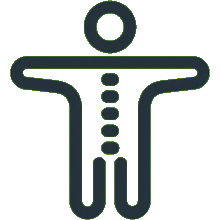
Podiatry

Massage Therapy

Women's Health Physiotherapy

Running Program Tailored To Your Goals

Joint Mobilisation

Active Release Technique
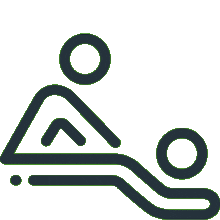
Exercise Prescription
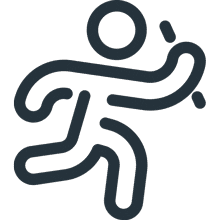
Real Time Ultrasound Imaging

Spinal Manipulation

Functional Movement Screen

Knee Pain Treatment

Hamstring Strain Treatment
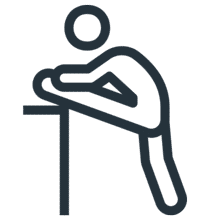
Hip Pain Treatment

Upper, Middle & Lower Back Pain

Neck Pain Treatment
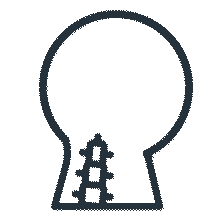
Shoulder Pain & Rotator Cuff Tear

Can't find what you're after?
View all ServicesOr email the PEAK team at info@peakssc.com.au
Hawthorne
- Phone: (07) 3399 3318
- Fax: (07) 3319 6577
Address
5/171 Riding Road,Hawthorne, QLD, 4171 Get Directions
Opening Hours -
6 days per week
- Monday - Friday: 7:00 am - 8:00 pm
- Saturday: 7:00 am - 1:00 pm
To make a booking outside of business hours, please use our form by clicking here.
New Farm
- Phone: (07) 3399 4668
- Fax: (07) 3319 6577
Address
1/15 Lamington Street,New Farm, QLD, 4005 Get Directions
Opening Hours -
6 days per week
- Monday: 7:00 am - 8:00 pm
- Tuesday: 7:00 am - 8:00 pm
- Wednesday: 9:00 am - 8:00 pm
- Thursday: 10:00 am - 8:00 pm
- Friday: 7:00 am - 3:00 pm
- Saturday: 7:00 am - 3:00 pm
To make a booking outside of business hours, please use our form by clicking here.
